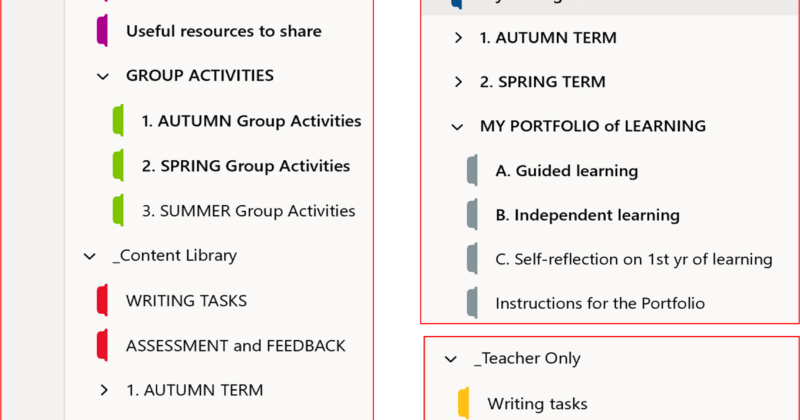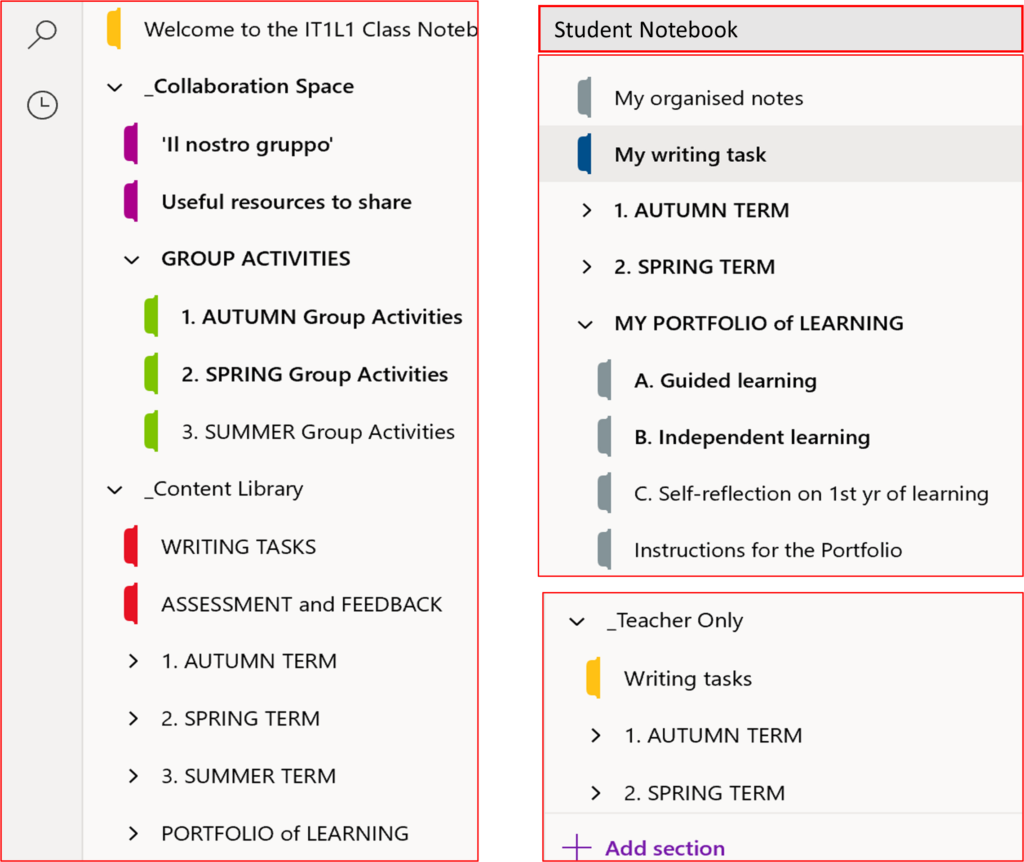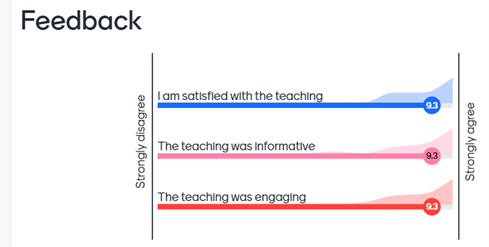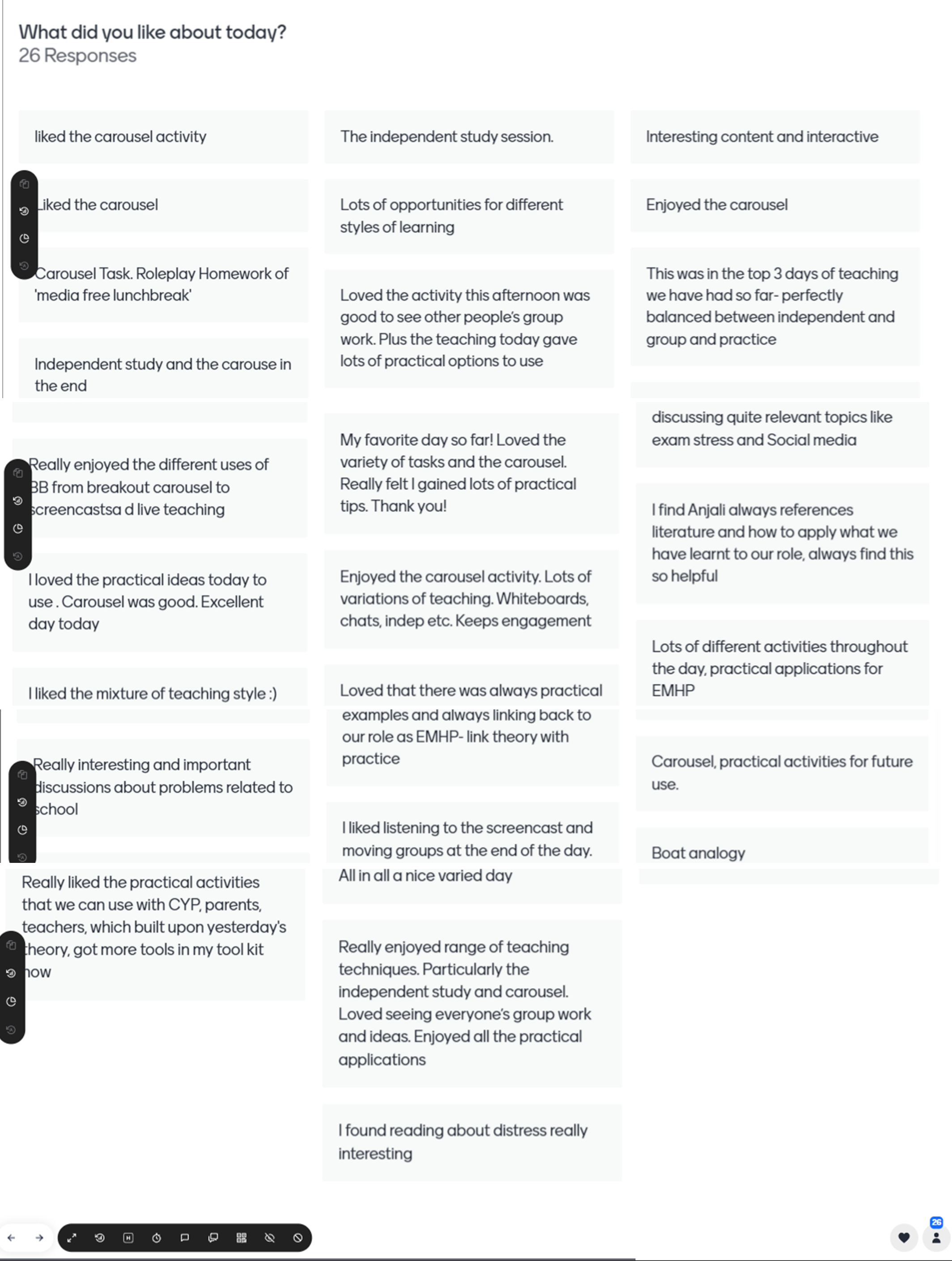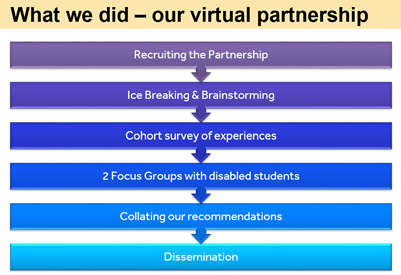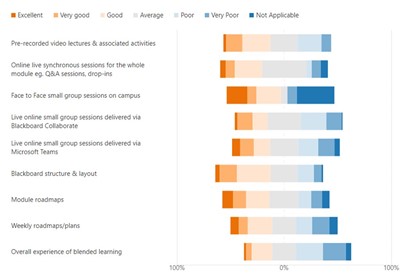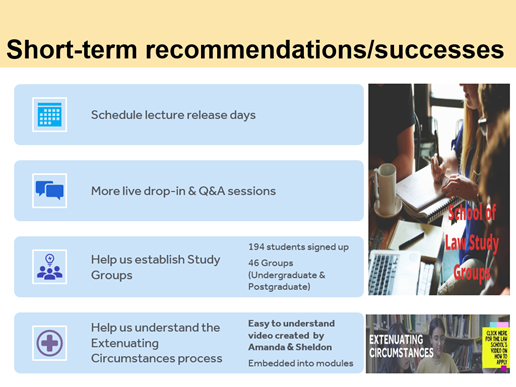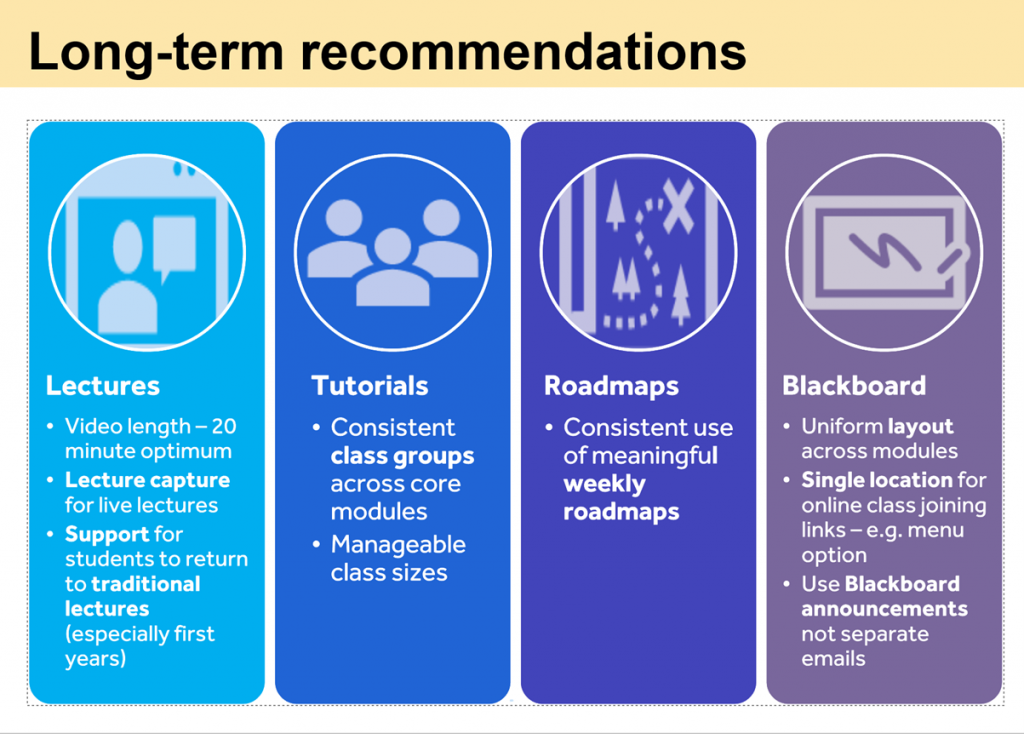By: Jackie Baines and Edward A. S. Ross, Department of Classics, School of Humanities, j.baines@reading.ac.uk and edward.ross@reading.ac.uk

Overview
This project outlines the work undertaken in the Department of Classics to demystify generative artificial intelligence for ancient language staff and students over the 2023-2024 academic year.
Objectives
- Codify and standardise methods for using conversational AI models (such as ChatGPT, Claude-2, and Google Bard) in ancient language classes.
- Produce tested guiding phrase documents for students to copy and paste into conversational AI models so that their outputs are standardised to match course expectations.
- Lead interactive testing sessions in all levels of ancient language classes (i.e. Latin and Ancient Greek) to test these documents and inform students about the ethical considerations for using generative AI.
Context
At the time when this project was instigated, there was a dramatic surge of generative AI development and use at a generally accessible level. This led to extreme anxiety among educators and students alike as to how these tools could impact the known models for teaching, learning, and assessment in classics and beyond. We sought to approach this issue ‘head on’ in order to contextualise the nature and value of generative AI tools for staff and students, dispelling any unwarranted preconceptions and informing them of necessary ethical considerations.
Implementation
- Surveyed ancient language teaching staff about the necessary elements of their courses.
- Led sessions with staff to develop the departmental AI guidelines and citation guide in Summer 2023.
- Led AI ethics information sessions for all undergraduate and postgraduate students in the Department of Classics over the Autumn 2023 term.
- Held survey sessions with all ancient language students studying Ancient Greek and Latin, gathering data on their views on generative AI before and after the information sessions, in Autumn 2023.
- Hired three undergraduate research assistants to test guiding phrases on a variety of conversational AI tools to determine the effectiveness of the tools and guiding phrases for supporting various aspects of their ancient language learning.
- Published the tested guiding phrases as a digital and physical pamphlet for staff and students to freely use in March 2024.
- Recorded and published a series of tutorial videos on generative AI ethics and digital tools for Classics.
- Carried out a follow-up survey in Spring 2024 with the same ancient language students that completed the Autumn 2023 survey to gauge the impact generative AI had on their studies over the 2023-2024 academic year.
- Analysed and published survey data in two academic journal articles (one is currently in press) and on secure data repositories.
Impact
The initial intention for this project was to investigate how effective generative AI tools were for supporting ancient language teaching and learning, but our research and response from students led us to work more towards improving general AI literacy among humanities teachers and students. When we were giving our ethics presentations, teachers and students were shocked by the ethical considerations behind generative AI, especially the environmental and copyright implications, and as soon as they saw this and learned that their own work could be used to train these models, they were much more sceptical of using the tools. At the time of writing, the tutorial videos and guiding phrase pamphlet have been downloaded around 150 times each, and this continues to grow as we present our tutorials to future course groups.
Reflections
We found this work was successful in many ways, particularly through our collaboration with our undergraduate students. By working with our students, who are seeing large swaths of generative AI tools on a daily basis, we were able to get a wider perspective on the impact and use cases of these tools for ancient language teaching and learning. Any research into generative AI and teaching and learning should involve student-teacher collaboration. In some aspects, we were also interdisciplinary in our reach, making some presentations for the Modern Languages Department, but there is scope for many more interdisciplinary collaborations for this work. In the future, we intend to continue making ethics tutorials for ancient language students, and the materials developed during this TLEP-funded project will help us illustrate the current issues more effectively.
Links
- Baines, J., Ross, E. A. S., Hunter, J., McRitchie Pratt, F., & Patel, N. (2024). Digital tools for learning Ancient Greek and Latin and guiding phrases for using generative AI in ancient language study. https://doi.org/10.6084/m9.figshare.25391782.v3
- Generative AI ethics and Classics. (2024). YouTube. Retrieved January 9, 2025, from https://youtube.com/playlist?list=PL5m2EUE_vf39iJ97T2jCpOYDfSm0vaGqw&si=ZPYN_zkpQM8jSkd3
- Project Website
Further reading
- Ross, E. A. S., & Baines, J. (2024). Treading water: New data on the impact of AI ethics information sessions in classics and ancient language pedagogy. Journal of Classics Teaching, 25(50), 181–190. https://doi.org/10.1017/S2058631024000412



